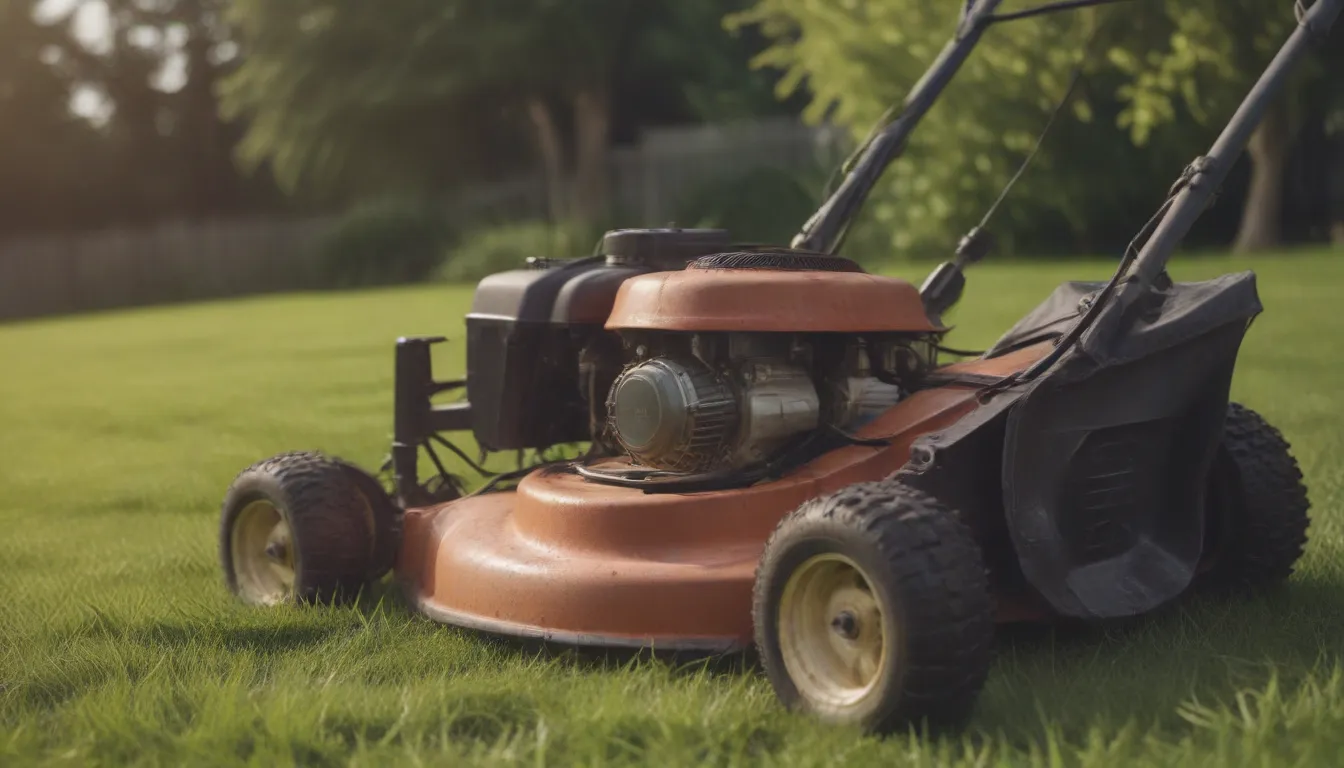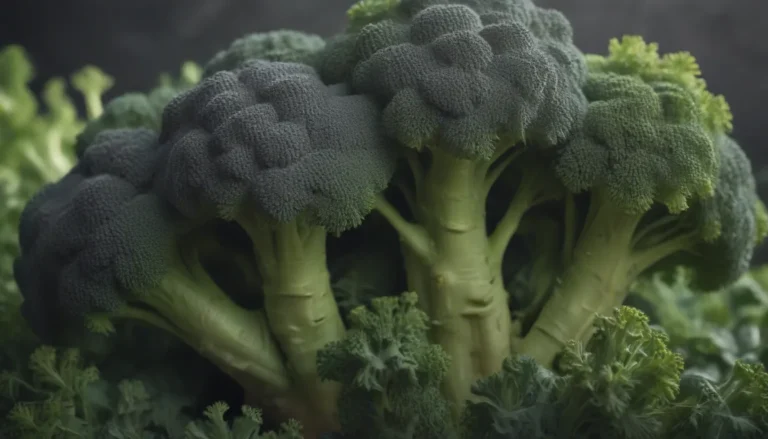7 Reasons Why Your Lawn Mower Is Starting, But Then Dies

Ah, the joys of mowing the lawn. The smell of freshly cut grass, the satisfaction of a well-manicured yard…until your lawn mower starts and then dies. It can be a real buzzkill, turning your peaceful mowing session into a frustrating ordeal. But fear not, dear reader! I’m here to shed some light on this common issue and provide you with some helpful solutions to get your trusty mower back up and running smoothly.
1. The Carburetor Is Dirty
The carburetor is like the heart of your lawn mower, regulating the air and fuel mixture for proper combustion and speed. When it gets dirty or clogged, it throws off this delicate balance and can cause your engine to sputter and die. If you hear your mower starting but then quickly cutting out, a dirty carburetor could be the culprit.
How to Fix It:
- Clean the carburetor with a carburetor cleaner.
- Unscrew the carburetor and give it a thorough cleaning.
- Wear safety gloves to protect your hands during this process.
2. The Spark Plug Is Worn Out
The spark plug is responsible for igniting the fuel and air mixture in your engine. Over time, it can get dirty or worn out, causing your mower to struggle to stay running. If you suspect your spark plug is the issue, it may be time for a replacement.
How to Fix It:
- Replace the spark plug every one to two years for optimal performance.
- Clean the spark plug if it’s dirty before considering a replacement.
3. The Fuel Is Old or Blocked
Just because your mower has gas in the tank doesn’t mean it’s good gas. Old fuel can turn into a gummy residue that blocks the fuel lines and prevents your engine from getting the power it needs. If your gas smells off or looks cloudy, it’s time for a refill.
How to Fix It:
- Drain the old gas from the tank.
- Refill the tank with fresh, clean gas.
- Check for any blockages in the fuel lines and clean them out if necessary.
4. Your Mower Blades are Clogged
Sometimes the issue isn’t internal but external. If your mower blades are clogged with grass clippings, it can disrupt the airflow and cause your mower to stall and die. This is a common problem, especially if you’ve been mowing wet grass or cutting tall clippings.
How to Fix It:
- Turn off the mower and inspect the blades for clogs.
- Remove any debris carefully, wearing protective gloves.
- Check the sharpness of the blades and sharpen or replace them if necessary.
5. It’s Time for a Replacement
If you’ve tried all the troubleshooting tips and your mower still won’t stay running, it may be time to retire the old girl and invest in a new mower. Most residential mowers have a lifespan of 5 to 8 years, so if yours has reached the end of its rope, it’s probably best to let it go.
Consider:
- Regular maintenance practices like changing the oil and replacing the air filter.
- Upgrading to a battery-powered mower for hassle-free maintenance.
6. Check the Air Filter
A dirty air filter can also cause your lawn mower to start and then die. If the air filter is clogged, it restricts airflow to the engine, leading to poor performance and stalling issues.
How to Fix It:
- Clean or replace the air filter as needed.
- Check the air filter regularly and keep it clean to prevent future issues.
7. Check the Fuel Filter
Like the air filter, a clogged fuel filter can also cause your mower to sputter and die. If the fuel filter is dirty or blocked, it restricts the flow of fuel to the engine, leading to poor combustion and stalling.
How to Fix It:
- Replace the fuel filter if it’s dirty or clogged.
- Check the fuel filter regularly and replace it as needed to maintain optimal performance.
In conclusion, there are several reasons why your lawn mower may start but then die, from a dirty carburetor to clogged blades. By following these troubleshooting tips and regular maintenance practices, you can keep your mower running smoothly and enjoy a pristine lawn all season long. Remember, a well-maintained mower is a happy mower!





